Apprenticeship Is the Missing Link
We’ve lost something important in this trade — apprenticeship. Plumbing has it. Electrical has it. But in residential HVAC, it’s a rare thing. Trade schools are resurfacing, and more contractors are beginning to develop their own technicians, but it’s still not enough.
Craftsmanship can’t happen without mentorship. And yet our highest-performing techs often make the worst trainers. Why? Because they’re on performance pay, they’re in a rush, and they don’t want to slow down to explain things. We need to reward teaching, not just doing.
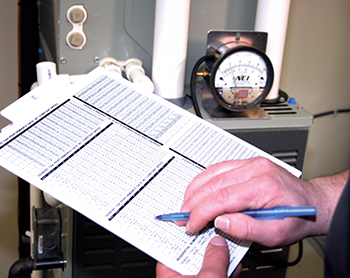
If you’ve got a great tech, pair him with someone eager to learn — and compensate them both. It’s not just about completing tasks more quickly. It’s about building a team that can sustain itself, grow, and consistently deliver high-quality work.
Don’t Be a Box Swapper
Here’s the truth: anyone can replace a box. The industry is full of “box swappers.” They yank out the old equipment, drop in the new one, and call it a day.
But if you never ask the customer what they want, if you never diagnose the airflow, and if you never match the system to the ductwork or the building load, you haven’t fixed anything. You’ve just reset the timer.
True craftsmen don’t just sell solutions; they create them. They solve problems. That starts by asking the customer: “What are your expectations today?”
You’ll be amazed at what you hear. Some want it done quickly, regardless of the cost. Others are flipping the house and want the cheapest Band-Aid® possible. But if you don’t ask, you’ll never know.

Quote of ancient Greek philosopher Aristotle.
A System Is More Than the Sum of Its Parts
I’ve spent a lot of time teaching techs that air doesn’t behave the way we think. Have you heard of the Coandă effect? It’s the principle that air will follow a curved surface. Without it, airplanes wouldn’t fly. And without understanding it, our ducts won’t work.
If your ductwork turns like a brick, your airflow is going to be noisy and inefficient. Air wants to move gently, following curves and wide angles. That’s why turning vanes exist. That’s why square corners kill performance.
These aren’t just theoretical concepts. They affect every job you do. If you can’t move air properly, your system won’t function, regardless of how efficient the equipment is.
The Time Is Now
Here’s what keeps me up at night: 40% of our skilled workforce is about to retire in the next five years. That’s not a forecast — it’s happening now. We’re at a crossroads.
We can keep swapping boxes, guessing on sizing, and praying for fewer callbacks. Or we can start teaching, mentoring, learning, and building systems that perform at 90% or more of their potential. We can be High-Performance HVAC craftsmen.
But we must choose it. Nobody’s going to force us. The industry won’t evolve unless we evolve first.
Success Is Something You Earn
Viktor Frankl once said, “You cannot pursue success; it must ensue.” Success isn’t about money, trucks, or marketing campaigns. It’s about earning pride in your work, knowing you’ve solved a real problem for someone, and having a system that works the way it should.
You can’t fake that. You can’t outsource it. Each contractor must build it one job, one duct, one apprentice at a time.
If you’re tired playing by someone else’s rules, if you want to become more than just a mechanic, start asking different questions. Start learning what you don’t know. Start evolving. This trade doesn’t need more installers, it needs more High-Performance HVAC craftsmen.
Paul Wieboldt is the president of Tradewinds Appropriate Technologies, Waco, TX. He also founded a private school, worked as a curriculum developer, and developed a passion for teaching. In the mid-1980s, he relocated to Texas and began his career in the HVAC industry. Several years later, he discovered NCI and was able to combine his experiences into a teaching focused on environmental comfort and health. You can contact Paul at ncilink.com/ContactMe.


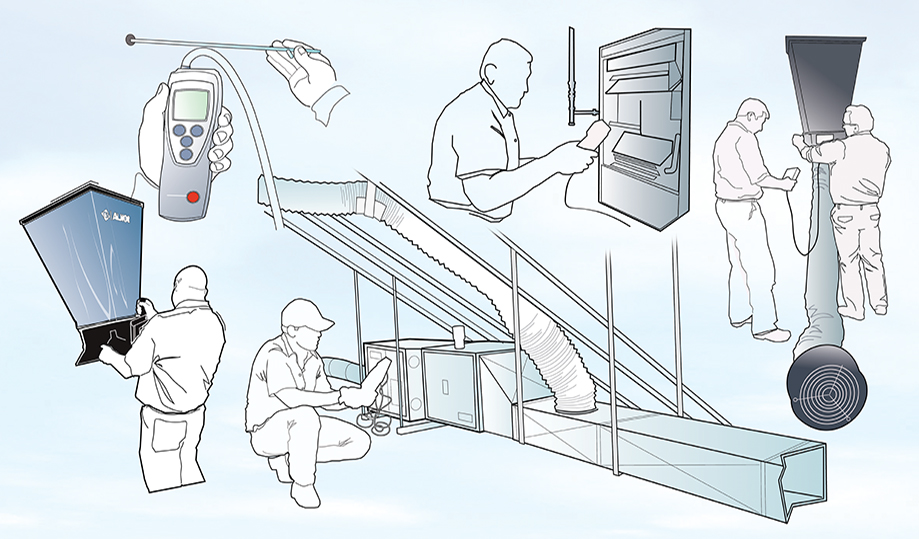


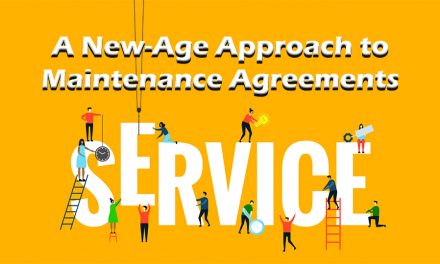

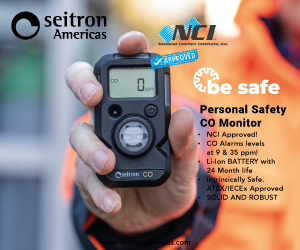




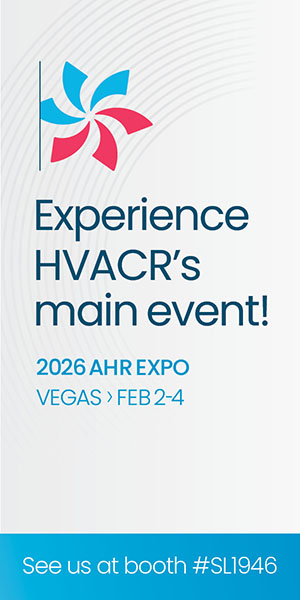
We have an HVAC Apprenticeship program. One of the main things I teach is that it is not always about the box (AC Unit) — it’s about the system or the building.
I teach techs that the first place they should look when questioning the air side is the return and the filter. One change that came about after COVID was increasing the MERV rating on the filters. That’s only okay if you increase the number of pleats to get a larger surface area to make up for the additional pressure loss.